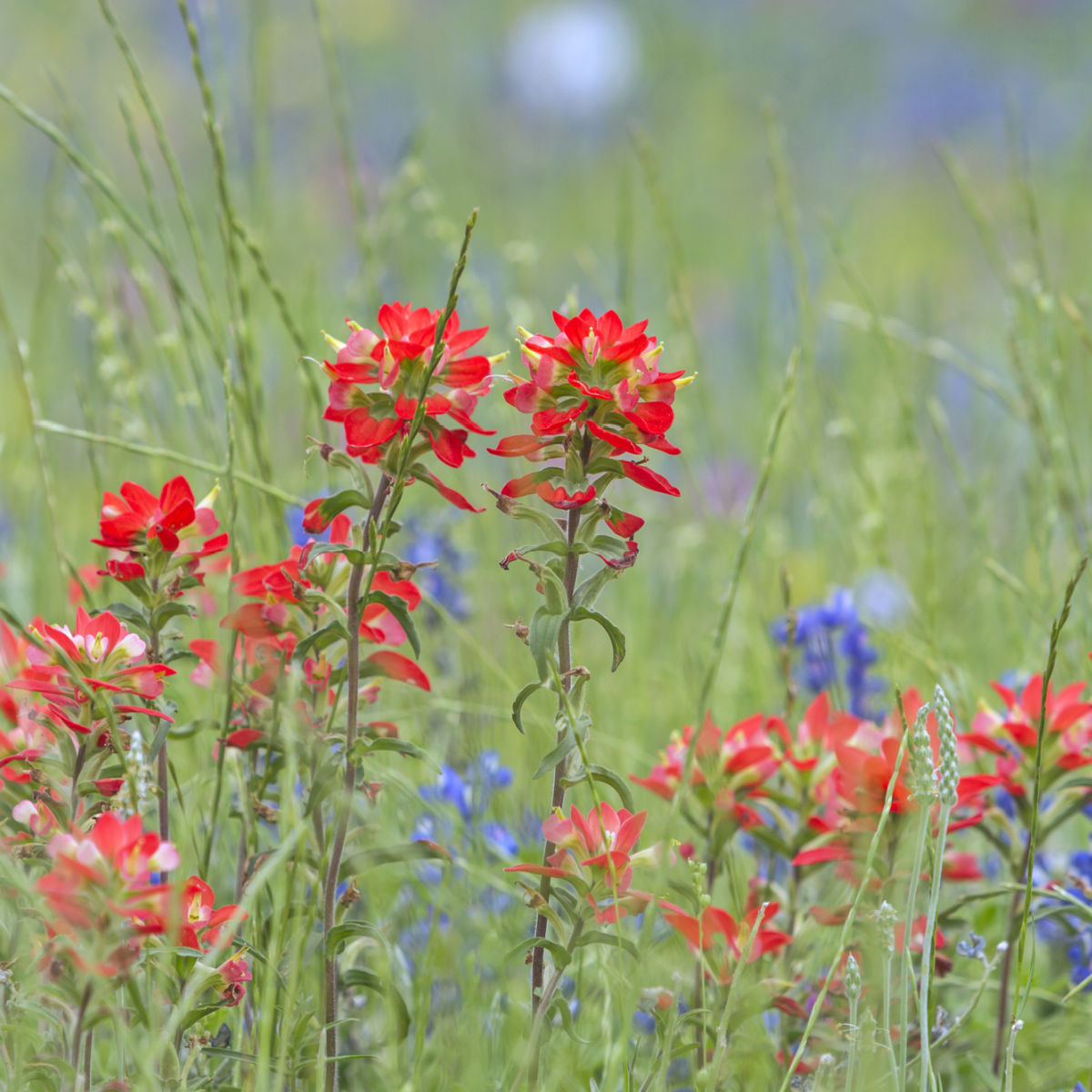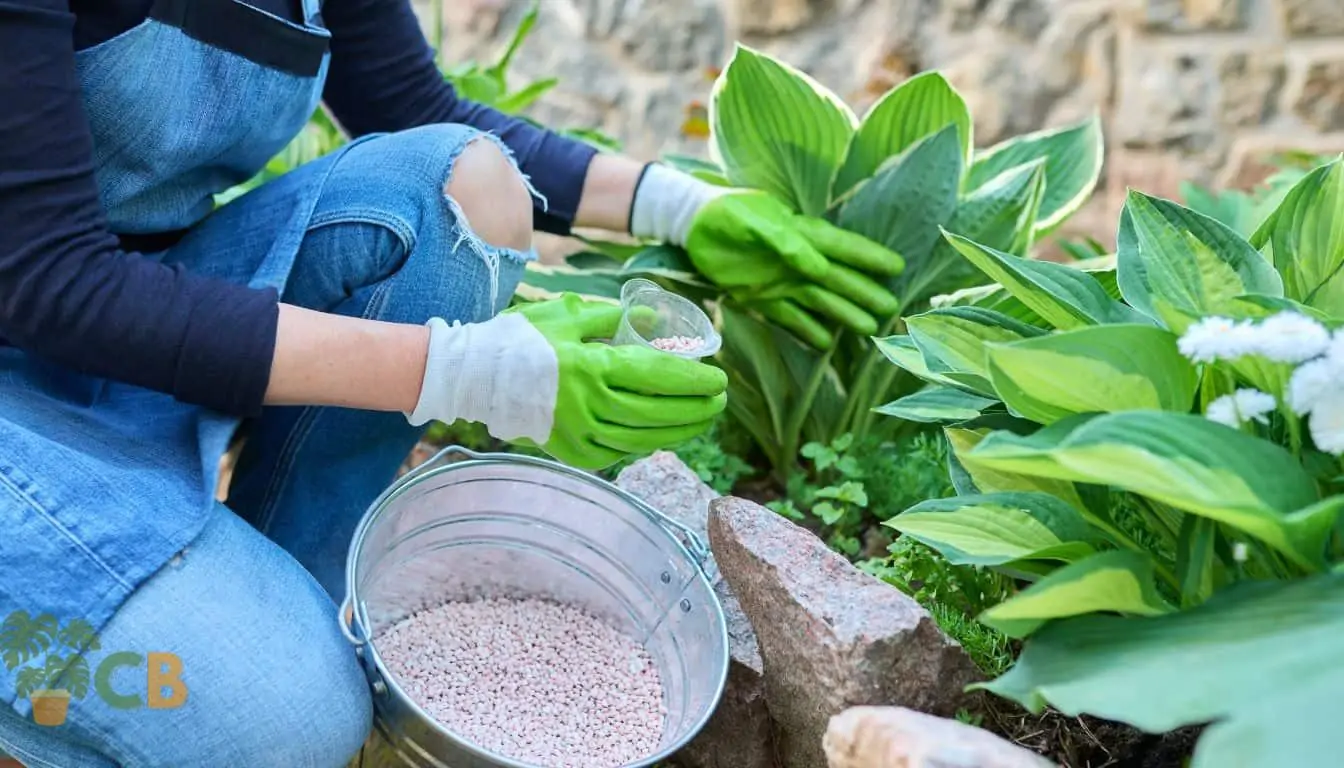What Plants Don't Like Epsom Salt and How It Affects Growth
What Plants Don't Like Epsom Salt and How It Affects Growth
Blog Article
Find Out About the Particular Plants That Are Detrimentally Affected by Epsom Salt Application
Epsom salt, a popular house solution for various horticulture woes, is frequently praised for its advantageous results on plant growth. Comprehending the specific plants that can be adversely affected by Epsom salt is important for any kind of garden enthusiast looking to maximize their plant treatment routine.
Roses

Roses, especially delicate to adjustments in their setting, can be adversely impacted by the application of Epsom salt. While Epsom salt is generally used as a plant food to promote plant growth and boost flowering, roses are one of the plants that do not respond well to its application. The high magnesium content in Epsom salt can disrupt the uptake of various other important nutrients by the rose plants, causing deficiencies that manifest as yellowing fallen leaves or stunted growth.

Tomatoes
While Epsom salt is typically promoted as a treatment for various plant problems, including blossom end rot in tomatoes, its application can lead to detrimental outcomes if not made use of deliberately. Excessive Epsom salt, which is magnesium sulfate, can disrupt the delicate nutrient equilibrium needed by tomatoes, potentially leading to shortages in other important nutrients like calcium. When considering the usage of Epsom salt on tomatoes, it is vital to stick to recommended application prices and soil screening to stop unintentional effects on the overall wellness and efficiency of these beloved yard plants.
Peppers
Peppers, admired for their different colors and degrees of spiciness, can demonstrate sensitivity to unfavorable impacts from Epsom salt when not used with treatment and factor to consider for their specific dietary requirements. what plants don't like epsom salt. Peppers, coming from the Solanaceae family members, require a fragile equilibrium of nutrients to thrive. While Epsom salt is recognized to enhance magnesium degrees in plants, too much application can interrupt this balance, resulting in damaging impacts on pepper plants
When peppers are exposed to high levels of magnesium from Epsom salt, it can hinder the plant's capacity to take in various other necessary nutrients like calcium and potassium. This imbalance might manifest in symptoms such as leaf discoloration, stunted development, and decreased fruit production. Furthermore, the too much magnesium can alter the dirt pH, further worsening nutrient uptake problems for peppers.

Rhododendrons
Offered the sensitivity of certain plant i was reading this types to discrepancies triggered by Epsom salt, it is necessary to think about the effect on Rhododendrons, which also need details nutrient degrees to prosper. Rhododendrons are acid-loving plants that choose acidic soil problems with a pH variety in between 4.5 and 6.0. Epsom salt, chemically called magnesium sulfate, can change the dirt pH and interrupt the fragile balance of nutrients vital for Rhododendron health and wellness.

To keep the ideal development and health of Rhododendrons, it is essential to stay clear of the indiscriminate use of Epsom salt and instead concentrate on providing the details acidic dirt conditions and nutrients that these plants need for growing.
Azaleas
These popular blooming plants are frequently located in yards, landscapes, and parks due to their charm and convenience. While Epsom salt is typically made use of as a solution for magnesium deficiency in plants, its application to azaleas can have unfavorable results.
When Epsom salt is related to azaleas, it can change the dirt pH, making it more acidic. Azaleas prefer somewhat acidic dirt conditions, and an unwanted of magnesium from Epsom salt can disrupt this equilibrium, bring about nutrient inequalities and prospective poisoning concerns. The incorrect application of Epsom salt can lead to stunted development, yellowing of fallen leaves, and overall decrease in the health of azaleas. visit site It is crucial to be cautious when thinking about the use of Epsom salt on azaleas to avoid any unfavorable repercussions on these fragile decorative bushes.
Verdict
In verdict, it is very important to be knowledgeable about the certain plants that can be adversely impacted by the application of Epsom salt. Roses, tomatoes, rhododendrons, peppers, and azaleas are some instances of plants that might not benefit from Epsom salt and might also suffer injury. It is critical to research and comprehend the demands of each plant species prior to making use of Epsom salt as a fertilizer to guarantee their health and wellness and health.
Understanding the specific plants that can be negatively influenced by Epsom salt is essential for any type of gardener looking to optimize their plant care regimen. While Epsom salt is generally used as a fertilizer to promote plant development and improve flowering, roses are one of the plants that do not respond well to its application.Extreme use of Epsom salt can likewise result in an accumulation of salts in the dirt, leading to root damages and dehydration of the rose plants. While Epsom salt is recognized to increase magnesium levels in plants, extreme application can interrupt this stability, leading to adverse effects on pepper plants.
The high salt content in Epsom salt can also dry out Rhododendron origins, creating additional stress and anxiety and damage to the plant. (what plants don't like epsom salt)
Report this page